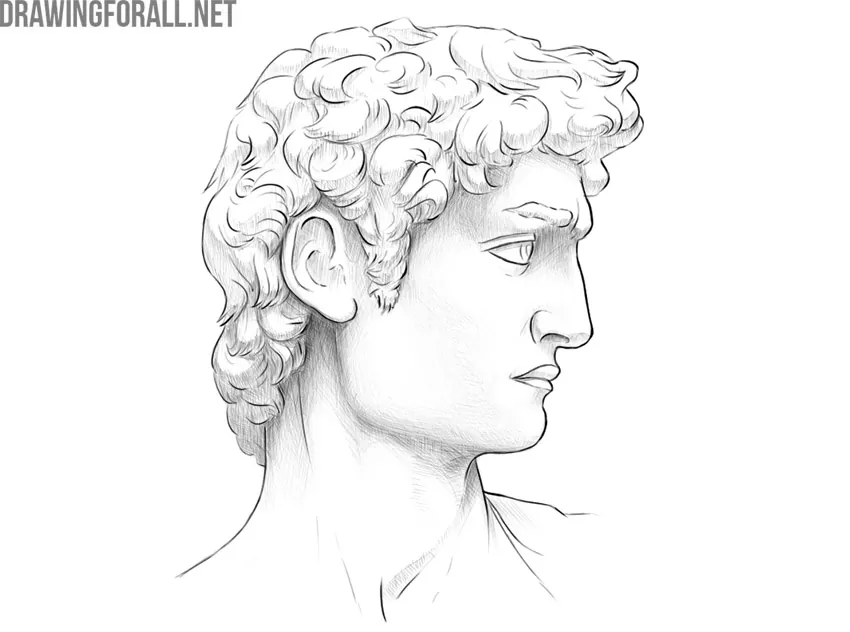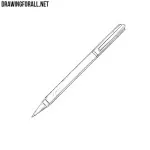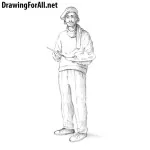Proportions

Knowledge of proportions is one of the most important bases on which all fine art rests. That is why in this article we will tell about the basics of proportion in drawing.
Good and correct proportions in the figure imply a complete resemblance to the depicted object. That is, the better you can find and convey the proportions on paper, the more realistic and convincing your drawing will look.
Note that all objects, bodies, and parts of bodies should be measured and compared with each other in order to observe proportions as accurately as possible.
To correctly determine the ratio of parts in the figure, the artist must possess not only knowledge of the proportions, but also a good eye. This skill can be very easily trained during lengthy drawing exercises.
It should also be noted that the laws of proportions have been known since antiquity. Indeed, with the help of this knowledge, beautiful buildings were built in ancient Greece, and sculptures known to us were created, for example, Doryphoros or Venus de Milo.
You can check the proportions using an ordinary pencil or brush, holding them on in an outstretched hand. For the convenience of determining the proportions using this method, you can close one eye and press your head against your shoulder. Using a pencil, you can also determine the sharpness of the corners, as we said in our article about perspective.
So, stretching out your hand with a pencil and measure the part of the drawing you need using the distance from the tip of the pencil to the thumb. Then compare this part of the figure with the other parts, gradually revealing patterns in proportions. Thus, you need to identify which parts are proportional to each other and gradually transfer forms and parts to a sheet of paper.

That is, for example, move the upper edge of the pencil to the upper edge of the subject and mark the lower edge of the object with the thumbnail. Further, without moving the body, also on an outstretched arm, turn the pencil so that it is in a strictly horizontal position. Thus measure how many times the height fits in width or vice versa.

Note that the pencil must be held strictly parallel to the plane on which your eyes are.
When we draw, we must carefully transfer all the proportions onto a piece of paper in the way that we see in front of us. Thus, to maintain the proportions in the figure means to achieve a ratio of the values of all parts of the subject to the whole within the selected sheet format.







